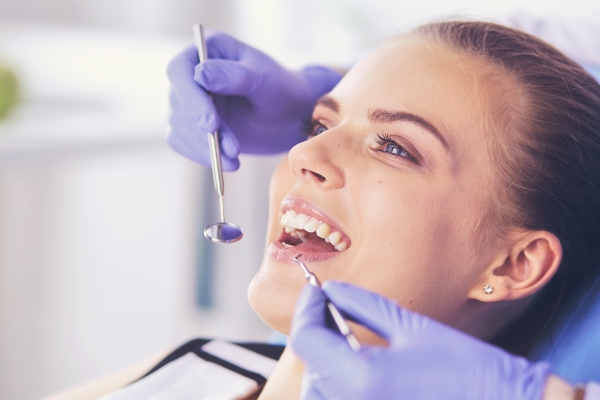 Are you ready to brighten your smile? If so, a professional teeth whitening procedure may be an effective treatment. This post will explain what to expect during a teeth whitening appointment, how to prepare for it, and how to maintain long-lasting results.
Are you ready to brighten your smile? If so, a professional teeth whitening procedure may be an effective treatment. This post will explain what to expect during a teeth whitening appointment, how to prepare for it, and how to maintain long-lasting results.
Understanding the teeth whitening procedure
Get ready for the procedure
Before beginning the teeth whitening procedure, the patient must help prepare the mouth for an appointment without complications. First, remove any lip or mouth jewelry that could interfere with the procedure. Also, refrain from smoking or using other tobacco products as they may weaken the results and increase the chances of gum irritation.
Additionally, certain medications can cause a negative reaction to the whitening gel. Therefore, all patients must notify the dentist of any medications or vitamins they are taking before their appointment. Finally, do not eat or drink anything at least two hours before the appointment.
During the procedure
On the day of the procedure, the dentist or dental hygienist will first perform an oral examination and determine if a cleaning is necessary. If so, they will remove any plaque and tartar before drying the teeth with a cloth. They will then place retractors in the patient’s mouth to separate their cheeks and lips from their teeth and gums. The dentist will also paint a protective barrier to the gums before they apply the whitening gel to the teeth. The gel helps remove stains and makes them more receptive to light. For some patients, the dentist may attach a mouth guard over the upper front and lower back teeth.
The light source will then be positioned closely in front of the patient to shine directly onto the exposed portion of each tooth inside its molding cavity. As this happens, patients with the applied mouth guard may feel some pressure from heat build-up inside the mouth guard. The light will be used in around 20-minute circuits giving it time to activate the oxygen within the gel and penetrate the enamel. The process repeats itself in both methods. The dentist or dental hygienist will remove the gel and apply a new coat up to four times during the procedure.
After the procedure
Immediately following the treatment, patients will see their results. However, to protect the results, patients should avoid colored food and colored drinks up to 48 hours after the procedure. After 48 hours, patients can consume foods known to stain, such as tomatoes, or colored drinks, such as coffee, but use a straw to avoid staining their newly whitened teeth.
We also insist on patients maintaining their oral hygiene; brushing twice a day, flossing, and using an approved mouth rinse once a day. To prolong results, we suggest cutting out cigarettes, as they quickly dim the brightness of tooth enamel.
Brighten your smile
Our teeth whitening procedure allows you to brighten your smile up to six shades with longer-lasting results than over-the-counter products. If you are ready to brighten your smile, contact us today to schedule an appointment.
Request an appointment or call Dragonfly Dental of Port Charlotte at 941-676-9225 for an appointment in our Port Charlotte office.
Related Posts
The field of general dentistry involves taking care of the whole mouth, not only the teeth. Tobacco use is dangerous to your overall well-being, but your oral health is particularly at risk. When you smoke, your mouth is the first place that the nicotine and tar go. A general dentist sees firsthand the damage that…
Gingivitis is a type of mild gum disease that is often caused by poor general dentistry and oral hygiene habits such as not brushing and flossing teeth as often as recommended. Other causes include tobacco use, poor nutrition, and taking certain medications. Fortunately, this condition usually remains mild if caught and treated early. If not…
Many people have anxiety regarding going to the dentist. General dentistry visits can be easier if you have some tools to ease your nerves and get through your appointment with minimal stress. Fortunately, there are ways to ensure that you are calmer during dental or other medical appointments.A significant number of people fear going to…
